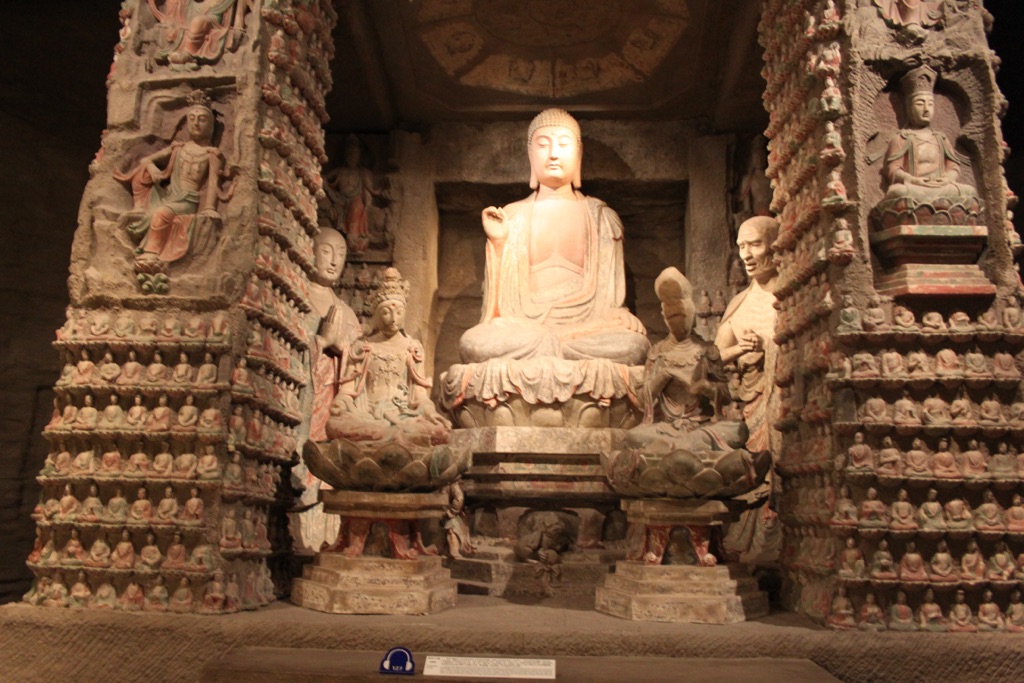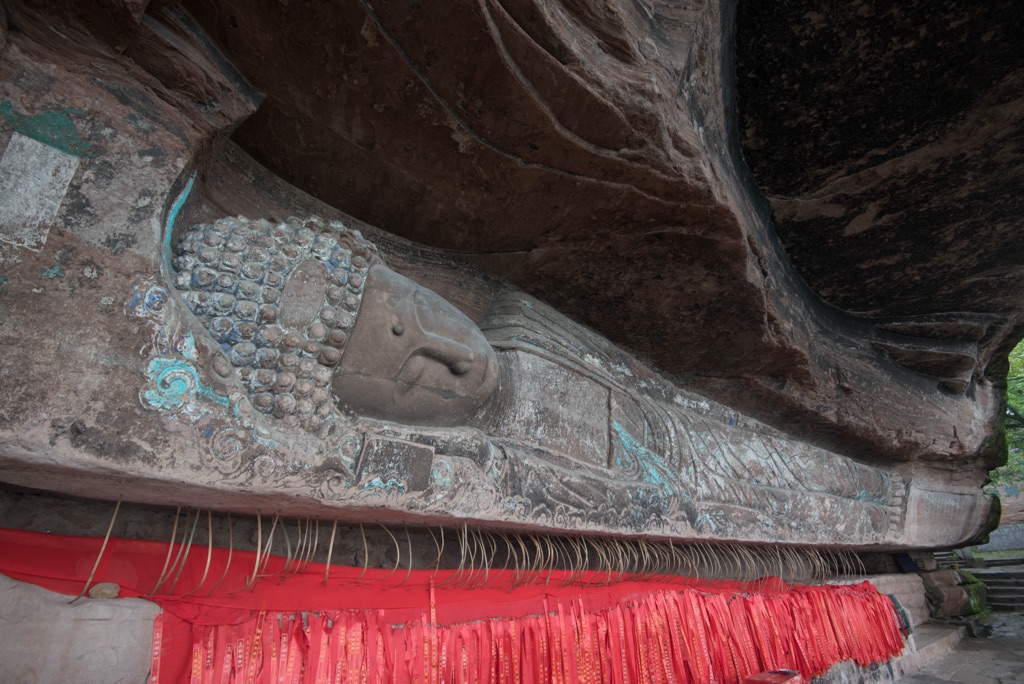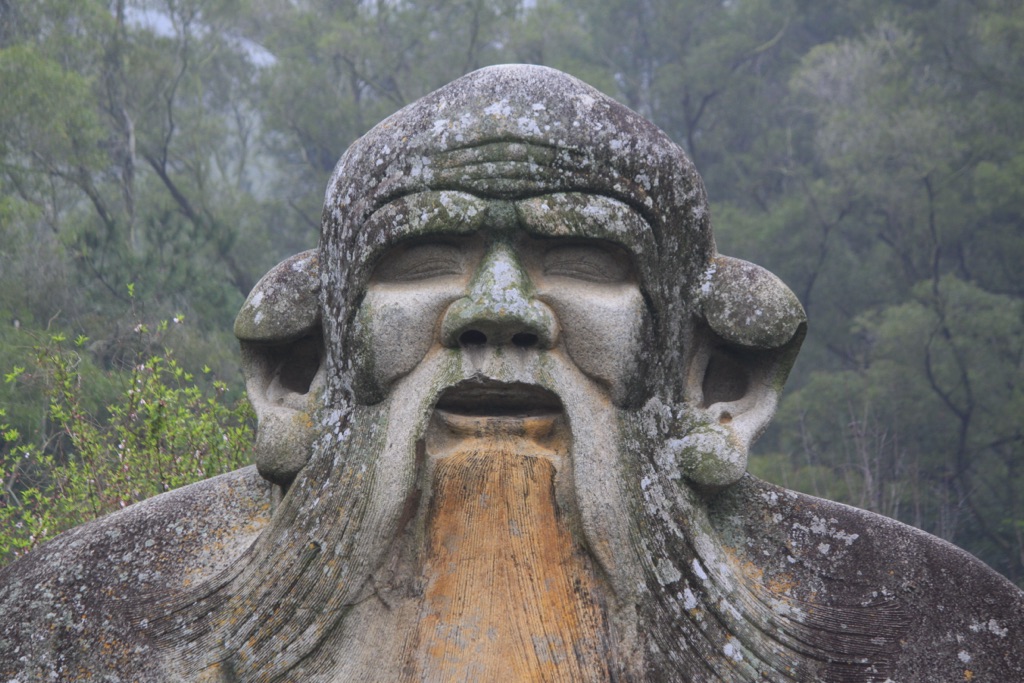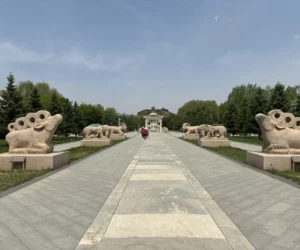The Tomb of Wang Zhaojun: A Symbol of Unity and Friendship The Tomb of Wang Zhaojun, also known as Qingzhong, stands prominently in the central area of the Zhaojun Museum. This historical site is located on the expansive Hohhot Plain within the Great Wall region of northern China. The tomb, shaped like an inverted funnel,…
Song Dynasty
The Song Dynasty, spanning from 960 to 1279 AD, marks a period of significant cultural and technological advancement in Chinese history. Founded by Emperor Taizu, after unifying the fragmented territories post the fall of the Tang Dynasty, the Song Dynasty is divided into two distinct periods: the Northern Song (960-1127 AD) and the Southern Song (1127-1279 AD). The division occurred due to the invasion by the Jurchen-led Jin Dynasty, forcing the Song court to flee southward, hence the nomenclature.
During its zenith, the Song Dynasty was renowned for its remarkable innovations, including the invention of gunpowder, the compass, and the advancement in printing technology. These innovations not only revolutionized Chinese society but also had a profound impact on the rest of the world. The period saw the flourishing of literature, philosophy, and the arts, with the landscape painting reaching new heights of aesthetic refinement.
The Song Dynasty was characterized by a complex bureaucracy and a meritocratic system, where civil service examinations played a crucial role in selecting government officials. This system allowed for a relatively high degree of social mobility and contributed to the stability and prosperity of the dynasty. The economy experienced significant growth, thanks to improved agricultural techniques, the expansion of trade networks, and the development of a thriving market economy.
Religion and philosophy during the Song Dynasty were marked by diversity and innovation. Confucianism saw a revival in the form of Neo-Confucianism, which integrated Buddhist and Daoist elements. Buddhism continued to play a significant role in the spiritual life of the people, while Daoism also maintained its influence. The period witnessed the compilation of the Daozang, a comprehensive collection of Daoist texts.
Social and daily life in the Song Dynasty varied significantly between the urban elite and the rural peasantry. The urban centers were vibrant with commercial activity, and the citizens enjoyed various forms of entertainment, including tea houses, restaurants, and public performances. The countryside, however, remained predominantly agricultural, with the majority of the population engaged in farming.
The Song Dynasty faced numerous military challenges, particularly from the northern nomadic tribes. The most significant threat came from the Mongols, under the leadership of Kublai Khan, who eventually conquered the Southern Song in 1279 AD, marking the end of the dynasty. The Song military, despite its advancements in military technology, struggled to defend against the Mongol cavalry.
The rulers of the Song Dynasty, especially during its early years, were noted for their efforts to promote the welfare of their subjects and to foster cultural achievements. Emperor Taizu and his successors, such as Emperor Renzong, were patrons of the arts and education, which contributed to the intellectual and cultural vibrancy of the era.
The Song Dynasty, with its rich cultural heritage, technological advancements, and significant contributions to Chinese civilization, remains a subject of fascination for historians and scholars. Its legacy is evident in the enduring influence on Chinese art, literature, philosophy, and governance.

Zhongshan Grottoes
The Zhongshan Grottoes, a series of ancient Buddhist cave temples, are carved into the mountainside of Mount Zijin in Nanjing, China. These grottoes are a testament to the religious and artistic achievements of ancient China. They showcase intricate Buddhist sculptures and carvings that date back to the Southern Dynasties period (420-589 AD). The caves are a valuable source of historical and cultural knowledge, providing insight into the religious practices, art, and architecture of the time.

Diaoyu Fortress
Diaoyu Fortress, also known as Diaoyucheng, is a historical site of great significance located in Chongqing, China. It stands as a testament to ancient military architecture and has a rich history that dates back to the time of the Southern Song Dynasty. The fortress is renowned for its strategic location and formidable defenses, which played a crucial role during the Mongol invasions of China. Over the centuries, Diaoyu Fortress has been a silent witness to numerous battles and has become a symbol of resilience and Chinese military ingenuity.

Stone statue of Laozi
Located within the geographical confines of Mount Qingyuan in Quanzhou city, Fujian province, stands a significant monument dedicated to Laozi, a central figure in Chinese philosophy and the founder of Taoism. This stone statue, attributed to the Song Dynasty, represents a monumental achievement in the realm of religious sculpture and serves as a focal point for scholarly interest due to its dimensions, historical context, and cultural significance.

